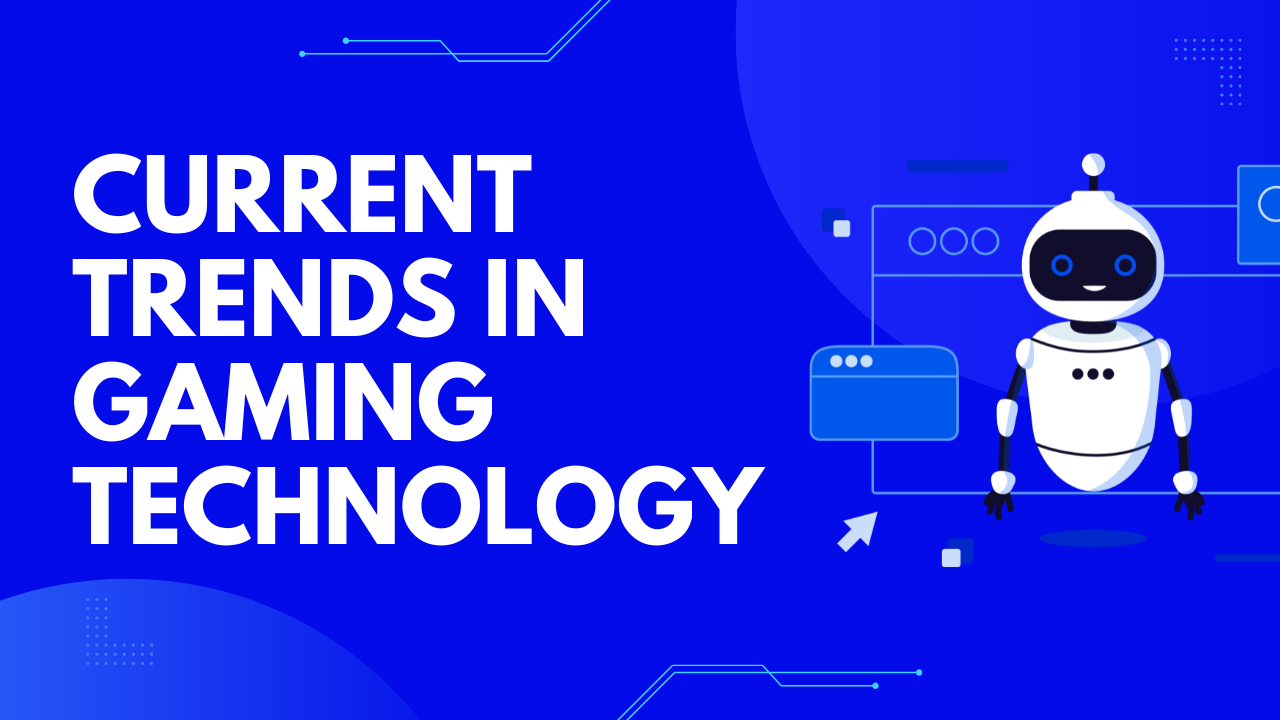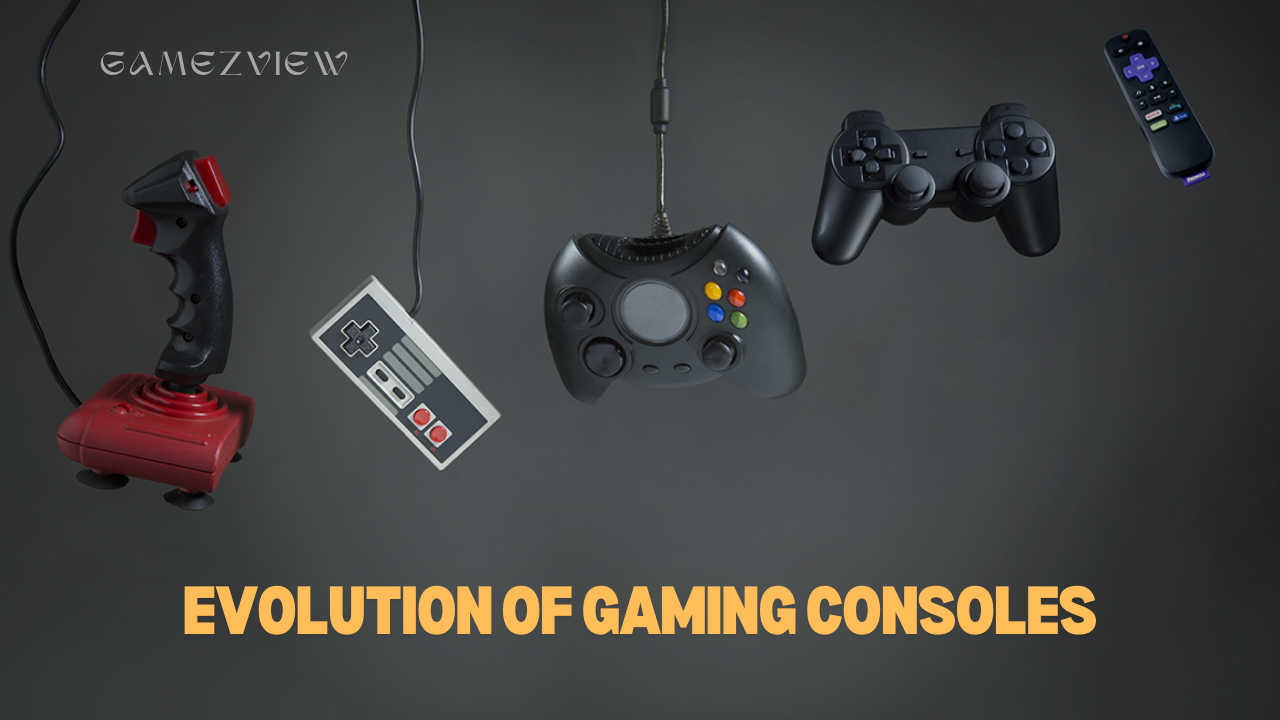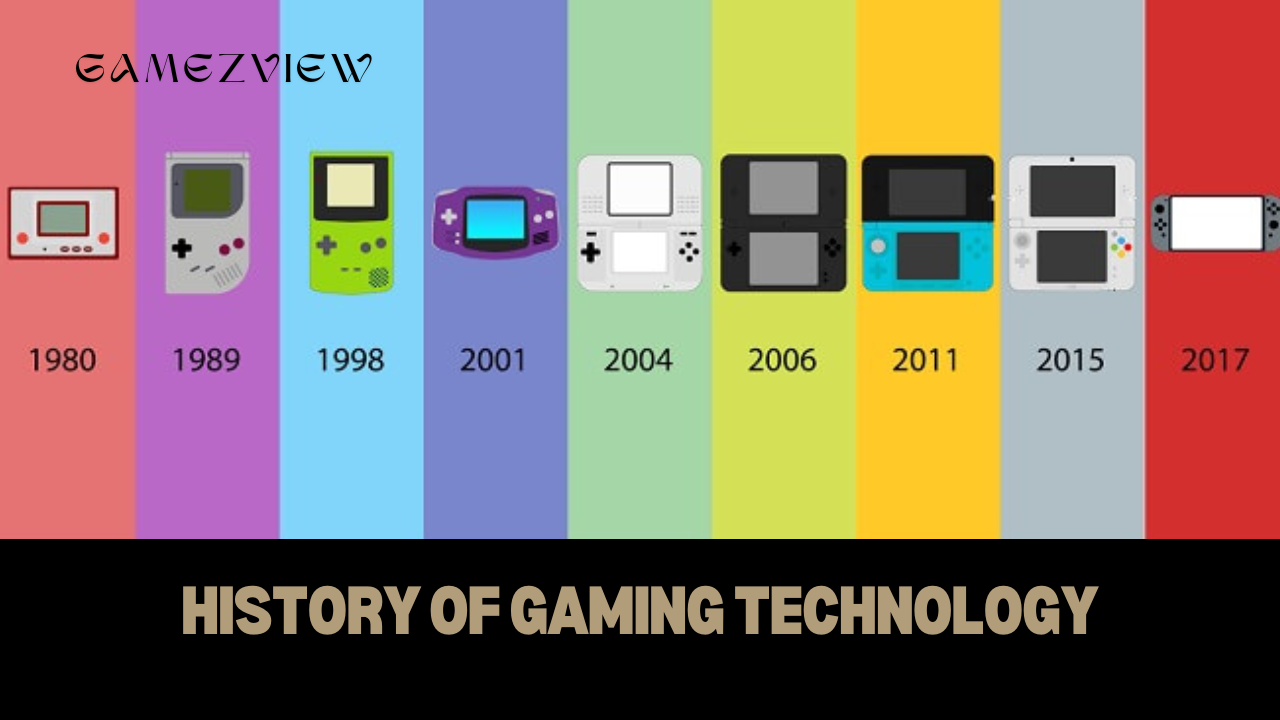The world of gaming technology is in a constant state of flux, driven by rapid advancements in hardware, software, and connectivity. As the gaming industry continues to grow, new trends emerge that redefine how games are created, played, and experienced. This article delves into the latest trends in gaming technology, exploring the innovations that are shaping the future of gaming and transforming it into a more immersive, accessible, and inclusive form of entertainment.
1. The Rise of Cloud Gaming
Cloud gaming represents a significant shift in the gaming industry, allowing players to stream games directly to their devices without the need for powerful hardware.
a. Gaming-as-a-Service
Cloud gaming platforms like Google Stadia, NVIDIA GeForce Now, and Microsoft xCloud are pioneering the concept of gaming-as-a-service. This model enables players to access a vast library of games on demand, eliminating the need for physical discs or downloads. The games are run on powerful remote servers and streamed to users, offering high-quality gameplay even on low-end devices.
b. Accessibility and Convenience
Cloud gaming makes gaming more accessible by removing hardware barriers. Players can enjoy the latest titles on various devices, including smartphones, tablets, and smart TVs, as long as they have a stable internet connection. This convenience is expanding the gaming audience and making high-quality gaming experiences available to more people.
c. Potential Challenges
Despite its promise, cloud gaming faces challenges such as latency and the need for high-speed internet. Developers and service providers are working to address these issues by improving infrastructure and optimizing game streaming technologies.
2. Virtual Reality (VR) and Augmented Reality (AR)
VR and AR technologies are revolutionizing the way games are played, offering immersive and interactive experiences that blur the line between the digital and physical worlds.
a. Virtual Reality (VR) Gaming
VR gaming transports players into fully immersive 3D environments where they can interact with virtual worlds naturally and intuitively.
- Oculus Rift and Quest: These headsets from Oculus provide a high-quality VR experience with a growing library of games that offer deep immersion and interactivity.
- PlayStation VR: Sony’s VR system for the PlayStation offers a more accessible entry point for console gamers, with a wide range of VR titles available.
b. Augmented Reality (AR) Gaming
AR gaming overlays digital elements onto the real world, creating unique gameplay experiences that blend physical and virtual realities.
- Pokémon GO: This AR game by Niantic took the world by storm, encouraging players to explore their surroundings to catch virtual Pokémon. It demonstrated the potential of AR to create engaging and socially interactive gaming experiences.
- Minecraft Earth: This AR adaptation of the popular game Minecraft allows players to build and explore virtual structures in the real world, combining creativity with physical exploration.
c. Future Prospects
The future of VR and AR gaming looks promising, with ongoing advancements in hardware and software expected to make these technologies more affordable and immersive. Improved display resolutions, wider fields of view, and more precise motion tracking will enhance the VR experience, while AR technology will continue to integrate more seamlessly into everyday life.
3. Advancements in Graphics Technology
The quest for more realistic and visually stunning games drives continuous advancements in graphics technology.
a. Ray Tracing
Ray tracing is a rendering technique that simulates the way light interacts with objects in a scene, creating more realistic lighting, shadows, and reflections.
- NVIDIA RTX and AMD Radeon RX: These graphics cards support ray tracing, allowing games to achieve lifelike visuals and enhanced realism. Titles like Cyberpunk 2077 and Control showcase the dramatic visual improvements made possible by ray tracing.
b. High Dynamic Range (HDR)
HDR technology expands the range of colours and brightness levels that can be displayed, resulting in more vibrant and lifelike images.
- HDR Gaming: Many modern games and gaming monitors support HDR, providing richer colours and greater contrast. This technology enhances the visual impact of games, making environments and characters more immersive.
c. 4K and Beyond
The push for higher resolutions continues, with 4K becoming the standard for high-end gaming, and 8K on the horizon.
- 4K Gaming: Consoles like the PlayStation 5 and Xbox Series X support 4K resolution, delivering incredibly detailed visuals. As 8K technology becomes more accessible, the future of gaming will likely see even higher levels of visual fidelity.
4. Artificial Intelligence (AI) in Gaming
AI is playing an increasingly significant role in game development, enhancing both the gameplay experience and the creation process.
a. Intelligent NPCs
AI-driven non-player characters (NPCs) can exhibit more realistic behaviours and interactions, providing players with more dynamic and engaging gameplay.
- Dynamic AI: Games like The Last of Us Part II feature NPCs with advanced AI that can adapt to player actions, creating more challenging and unpredictable encounters.
b. Procedural Content Generation
AI algorithms can generate game content dynamically, offering unique experiences for each player.
- Procedural Worlds: Games like No Man’s Sky use procedural generation to create vast, explorable universes, ensuring that no two playthroughs are the same.
c. Personalized Gaming Experiences
AI can analyze player behaviour to tailor game experiences to individual preferences.
- Adaptive Difficulty: AI systems can adjust the difficulty of a game in real time based on player performance, providing a more balanced and enjoyable experience for players of all skill levels.
5. Cross-Platform Play and Integration
The trend towards cross-platform play is breaking down barriers between different gaming systems, allowing players to connect and compete regardless of their chosen platform.
a. Unified Gaming Communities
Cross-platform play enables players on different consoles, PCs, and mobile devices to play together, fostering a more inclusive gaming community.
- Games like Fortnite and Minecraft: These titles have embraced cross-platform play, allowing players to connect and collaborate across various devices, from consoles to smartphones.
b. Platform-Agnostic Gaming
The future of gaming is moving towards a platform-agnostic approach, where games are not tied to specific hardware.
- Cloud Gaming and Cross-Platform: Cloud gaming services and cross-platform play are leading the way towards a future where players can access their games and progress seamlessly across multiple devices.
6. The Growth of Esports and Competitive Gaming
Esports has evolved into a major industry, with professional players, large audiences, and significant investments.
a. Major Tournaments and Leagues
Esports tournaments attract millions of viewers and offer substantial prize pools, rivalling traditional sports in terms of popularity and financial rewards.
- Events like The International and League of Legends World Championship: These tournaments draw large audiences and showcase the skill and dedication of professional gamers, highlighting the competitive nature of esports.
b. Investment and Sponsorship
The esports industry is attracting significant investment from major corporations, leading to increased opportunities for players and teams.
- Sponsorship Deals and Partnerships: Companies like Intel, Coca-Cola, and Red Bull are sponsoring esports events and teams, bringing more legitimacy and financial support to the industry.
c. The Future of Esports
The future of esports looks bright, with continued growth expected as more players and viewers engage with competitive gaming. Innovations in broadcasting, virtual reality, and augmented reality are likely to enhance the esports experience for both participants and spectators.
7. The Integration of Blockchain and NFTs
Blockchain technology and non-fungible tokens (NFTs) are beginning to make an impact on the gaming industry, offering new possibilities for digital ownership and monetization.
a. Digital Asset Ownership
Blockchain technology enables secure ownership and trading of digital assets within games.
- In-Game Economies: Games like Axie Infinity use blockchain to create in-game economies where players can buy, sell, and trade digital assets, offering new ways to earn real-world value from gaming.
b. NFTs in Gaming
NFTs represent unique digital items that can be owned and traded by players.
- Collectables and Skins: Games are starting to incorporate NFTs for in-game items such as skins, collectables, and virtual real estate, providing players with a new level of ownership and customization.
c. Future Applications
The integration of blockchain and NFTs in gaming is still in its early stages, but the potential for new business models and gameplay mechanics is significant. As these technologies mature, they could revolutionize the way games are monetized and how players interact with digital content.
The current trends in gaming technology reflect a dynamic and rapidly evolving industry that continues to push the boundaries of what is possible. From the rise of cloud gaming and the integration of AI to the growth of esports and the potential of blockchain, these trends are shaping the future of gaming in exciting and transformative ways. As the gaming landscape continues to evolve, players can look forward to even more immersive, accessible, and innovative gaming experiences that redefine the way we play and interact with games.



